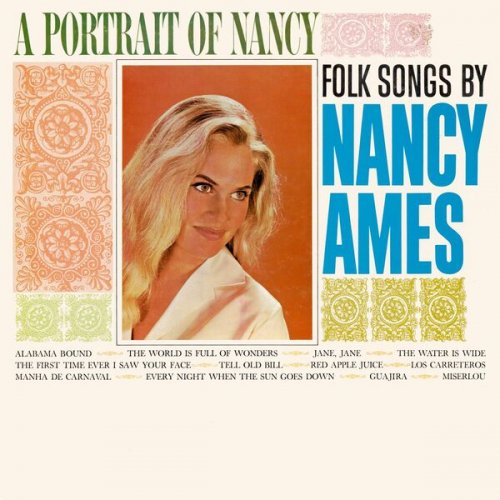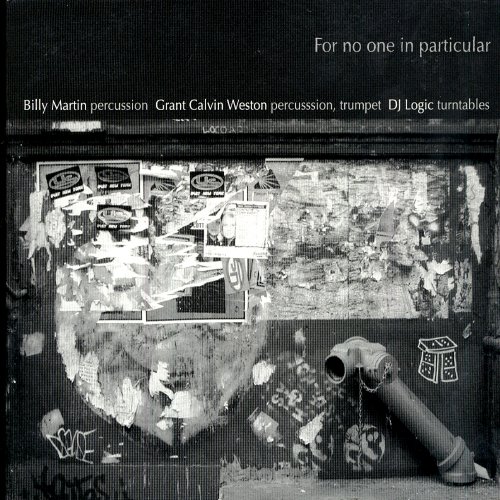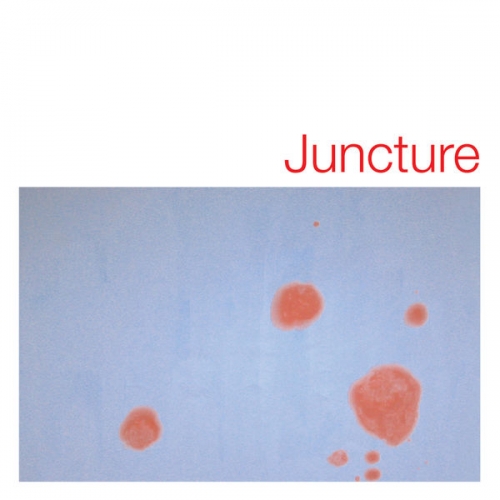La Vertuosa Compagnia de' Musici di Roma - La Ferté: Premier Livre de Sonates pour le violon et la basse (Dédié a s.A.R. Mons. Le duc d'orléans, 1707 - vol..II - world premiere recording) (2024)
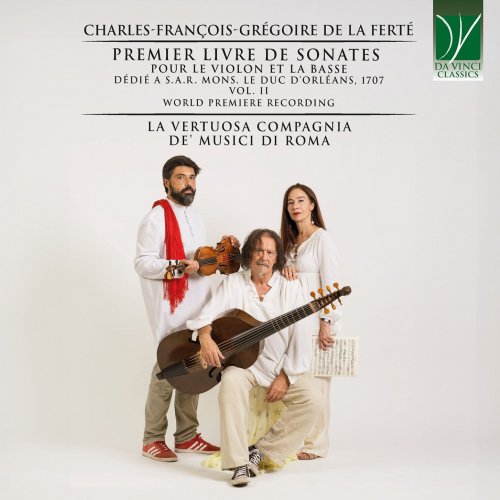
Artist: La Vertuosa Compagnia de' Musici di Roma
Title: La Ferté: Premier Livre de Sonates pour le violon et la basse (Dédié a s.A.R. Mons. Le duc d'orléans, 1707 - vol..II - world premiere recording)
Year Of Release: 2024
Label: Da Vinci Classics
Genre: Classical
Quality: flac lossless (tracks)
Total Time: 00:50:00
Total Size: 289 mb
WebSite: Album Preview
TracklistTitle: La Ferté: Premier Livre de Sonates pour le violon et la basse (Dédié a s.A.R. Mons. Le duc d'orléans, 1707 - vol..II - world premiere recording)
Year Of Release: 2024
Label: Da Vinci Classics
Genre: Classical
Quality: flac lossless (tracks)
Total Time: 00:50:00
Total Size: 289 mb
WebSite: Album Preview
01. Premier livre de Sonates pour le violon et la Basse - Sonate VII, Op. 1: I. Allemande
02. Premier livre de Sonates pour le violon et la Basse - Sonate VII, Op. 1: II. Sarabande gracieusement
03. Premier livre de Sonates pour le violon et la Basse - Sonate VII, Op. 1: III. Gigue légérement
04. Premier livre de Sonates pour le violon et la Basse - Sonate VIII, Op. 1: I. Gravement
05. Premier livre de Sonates pour le violon et la Basse - Sonate VIII, Op. 1: II. Courante vivement, lentement, Gigue lourée
06. Premier livre de Sonates pour le Violon et la Basse - Sonate IX, Op. 1: I. Allemande légérement, lentement
07. Premier livre de Sonates pour le Violon et la Basse - Sonate IX, Op. 1: II. Gavotte gracieusement, Rondeau légérement
08. Premier livre de Sonates pour le Violon et la Basse - Sonate X, Op. 1: I. Allemande
09. Premier livre de Sonates pour le Violon et la Basse - Sonate X, Op. 1: II. Air piqué
10. Premier livre de Sonates pour le Violon et la Basse - Sonate X, Op. 1: III. Gigue légérement
11. Premier livre de Sonates pour le Violon et la Basse - Sonate XI, Op. 1: I. Récit vite
12. Premier livre de Sonates pour le Violon et la Basse - Sonate XI, Op. 1: II. Gigue vivement, lentement, vite et fort
13. Premier livre de Sonates pour le Violon et la Basse - Sonate XII, Op. 1: I. Vivement, légérement, Récit de basse
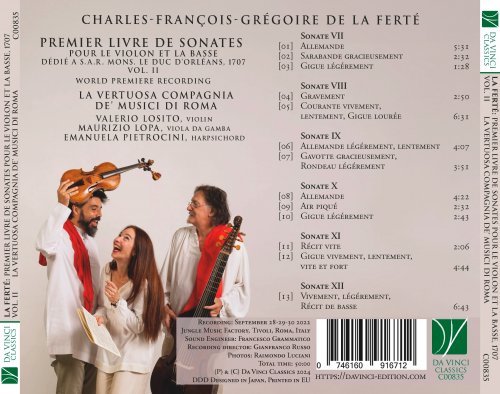
This second volume completes the project of world premiere recording of the entire Premier Livre De Sonates by Charles François Grégoire de La Ferté.
The realization of this important production involved the three musicians of the “Vertuosa Compagnia de’ Musici di Roma” – Valerio Losito, Maurizio Lopa and Emanuela Pietrocini – in a long and fascinating journey of research which required almost three years of work and which still continues on the traces of the Seigneur de La Ferté, violinist and violist in the service of the King and the Duke of Orléans during the reign of Louis XIV and in the Regency period.
Almost nothing is known about the life and musical work of the Seigneur de la Ferté today. His only known work is the collection of sonatas for violin and bass printed in Paris in 1707. The darkness that envelops the biography of this musician is, however, illuminated by the beauty and freshness of his compositions. On the one hand they are a fully complete expression of the French musical style of the time, but on the other they are a field of evident melodic, harmonic and above all contrapuntal experimentation.
In the notes to the first volume it was intended to place the work and its author in the historical and artistic context to which they belong, in that fertile environment of free experimentation and openness to the culture beyond the Alps which belongs to the court of the Dukes of Orléans and particularly to Philip II, admirer of Italian music and promoter of innovation in all aspects of art, to whom the twelve sonatas are dedicated.
On this occasion, however, we want to turn our attention to the interpretative choices derived from the compositional development of the work and from the characteristics that configure the two halves of the collection which presents itself, in fact, as a diptych of two parts which are in some respects opposite and certainly complementary.
There is a clear difference between the first and second six sonatas which suggests a possible evolution of the author’s compositional language. The first group seems to include the older ones, composed in the last decades of the seventeenth century and adhering both to the French model (for example the first sonata or the monumental Chaconne of the sixth) and to the Italian style of the pre-Corellian sonata.
In the second part, however, we witness a crescendo of invention and increasingly daring contrapuntal/harmonic solutions which progressively free themselves from the form of the sonata for solo violin and basso continuo, veering decisively towards the concertante formula of the Triosonata. In fact, the bass takes on an increasingly proactive and relevant character in the development of the parts. The climax is reached in the last sonata of the collection, the twelfth, declaredly a trio, in which the viola da gamba separates from the Continuo with a Récit of rare beauty and extravagance. It is precisely the use of the Récit technique that will make the last two sonatas the most modern of the collection, where the border between the seventeenth and eighteenth centuries is finally crossed.
To get to this, the path will have passed between gems of rare beauty, such as the Spanish suggestions of the final “vite” of the eleventh sonata, in the midst of the war of succession!
In these last six sonatas, the timbric suggestion, at times almost descriptive, and the refinement of the harmonic solutions coexist happily with the complexity of the contrapuntal dialogue, which in some cases recalls the great Northern European tradition; it follows the need for a rich, elaborate and changing continuo, in constant and active dialogue between the parts as an authentic “trait-d’union”.
All these considerations have led to the interpretative choices that characterize this second volume: not only the execution but also the sound, the timbral choices, the choice of tempos and agogics are deliberately different while remaining consistent with the first six sonatas; in fact they are aimed at describing a path of evolution, almost as if the Seigneur de La Ferté had created, with his last six sonatas, his deuxième livre.
In conclusion it almost seems like a great game “in disguise”: French sonatas that disguise themselves as Roman ones, a gigue in Spanish clothes, a bass that disguises itself as Continuo but which reveals its true identity only at the end.
And the same name as the protagonist? Why not dream that “Monsieur de la Ferté” is a name “in disguise”?
Moreover, the Chevalier de Seingalt was also Giacomo Casanova. We will perhaps never know who La Fertè or the Chevalier de Balibari was imagined by literature. But ultimately, it is his music that speaks for him.
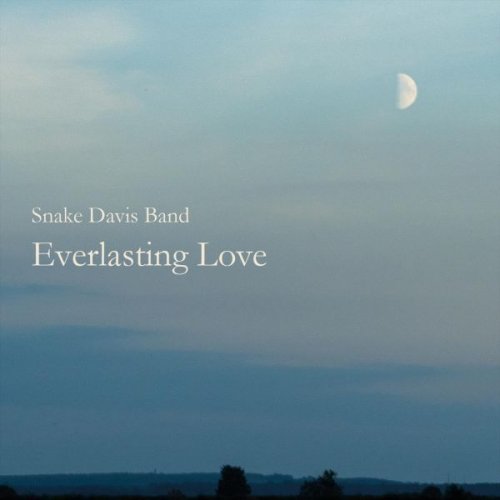


![Norah Jones - Day Breaks (Japanese Limited Edition) (2016) [SHM-CD] Norah Jones - Day Breaks (Japanese Limited Edition) (2016) [SHM-CD]](https://www.dibpic.com/uploads/posts/2026-01/1768216895_1476175738_e683206e8f145d341ede9545a0c1ba56.jpg)
